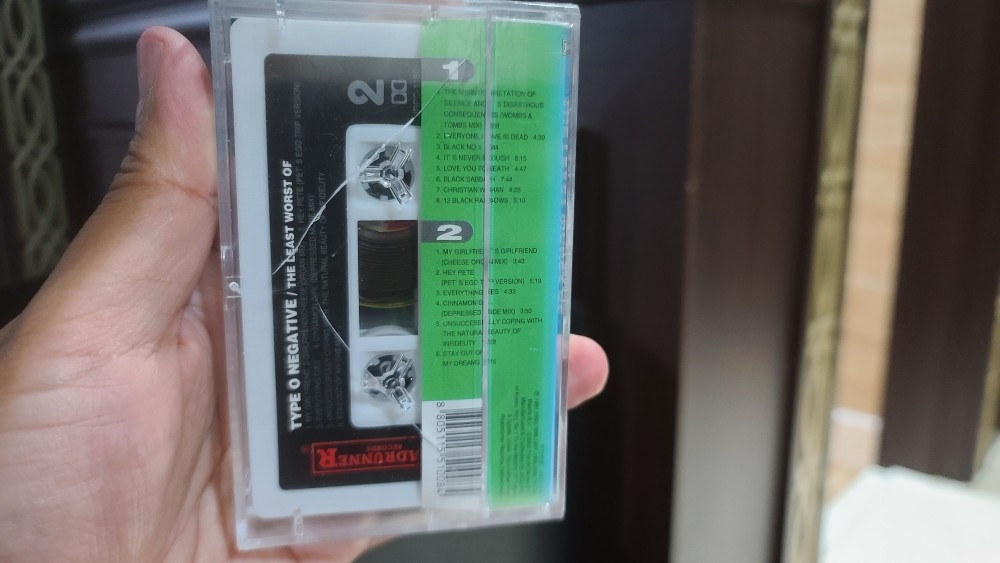

One striking fact about O negative blood is its universal nature. Type O negative: the ‘universal’ blood type Higher rates of O negative blood type are found in people from Spain, Iceland, New Zealand, and Australia. However, only 4% of Africans and Hispanics have this blood type, whereas only 1% of Asians are carriers of it. Scientific research has concluded that O negative blood is more common in Caucasians, at 8% of the population. The first interesting fact about O- Blood Type is that blood type varies by ethnic group. This article will discuss 5 interesting facts about O negative type in particular.ĥ Interesting facts about blood type O- 1. This can be the case during pregnancy or when a blood transfusion is taking place. Knowing which blood type a patient has can be a question of life or death. This enlarges the number of blood types to a total of eight: A+, A-, B+, B-, AB+, AB-, O+, and O. This defines the presence (RH positive) or absence (RH negative) of a protein found just outside of the red blood cells. They can then be sub-categorized by their rhesus factor (Rh).
#Type o negative tattoos how to
Army published a pamphlet on how to identify self-inflicted wounds to this part of the body ).The entire human population falls under four main categories of blood groups: types A, B, AB and O. Towards the end of the war and after, some (former) SS members tried to remove their blood group tattoos by various means, including surgery, self-inflicted burns and even shooting themselves there (the U.S. Some members of the SS who evaded capture in part because they did not have the blood group tattoo included Josef Mengele and Alois Brunner. The blood group tattoo helped greatly in identifying former members, leading to their prosecution and, in some cases, their execution.īecause of the lack of perfect consistency between having the tattoo and having served in the Waffen-SS, some SS veterans were able to escape detection. When the war ended, the Allies were keen to catch all Waffen-SS members on account of the high volume of war crimes committed by some units. Johann Voss of the 6th SS Mountain Division Nord and author of Black Edelweiss, did not have the tattoo applied because he was visiting his father on that particular day, although the rest of his training company did. Very little specific information exists regarding the tattoo and foreign units, but it is claimed by some that the men of the 33rd Waffen Grenadier Division of the SS Charlemagne (1st French) had the tattoo applied.
#Type o negative tattoos free
The application of the tattoo to foreign volunteers was apparently an issue of contention with some, such as the British Free Corps, not required to have it, while other foreign units did not object.

Some non- SS men also had the tattoo: if a member of a branch of the Wehrmacht was treated in an SS hospital, he would often have the tattoo applied.Īlthough the tattoo was widely used in the early war years, over the course of the war it was gradually applied to fewer and fewer soldiers, and towards the end of the war, having the tattoo was more the exception than the rule. Not all Waffen-SS men had the tattoo, particularly those who had transferred from other branches of the military to the Waffen-SS, or those who transferred from the Allgemeine SS, the "General" or non-military SS. The tattoo was generally applied by the unit's Sanitäter (medic) in basic training but could have been applied by anyone assigned to do it at any time during his term of service. The purpose of the tattoo was to identify a soldier's blood type in case a blood transfusion was needed while unconscious, or his Erkennungsmarke (dog tag) or Soldbuch (pay book) were missing. In the early part of the war, tattoos were printed in Fraktur, while later on they were printed in Latin-style. The discovery of the Rh factor had been made in 1937, but was not fully understood during World War II, so was not implemented. The tattoo consisted of the soldier's blood type letter, either A, B, AB or O.


It generally measured around 7 millimetres ( 1⁄ 4 in) long and was placed roughly 20 centimetres (8 in) above the elbow. It was a small black ink tattoo located on the underside of the left arm. The SS blood group tattoo was applied, in theory, to all Waffen-SS members, except members of the British Free Corps.


 0 kommentar(er)
0 kommentar(er)
